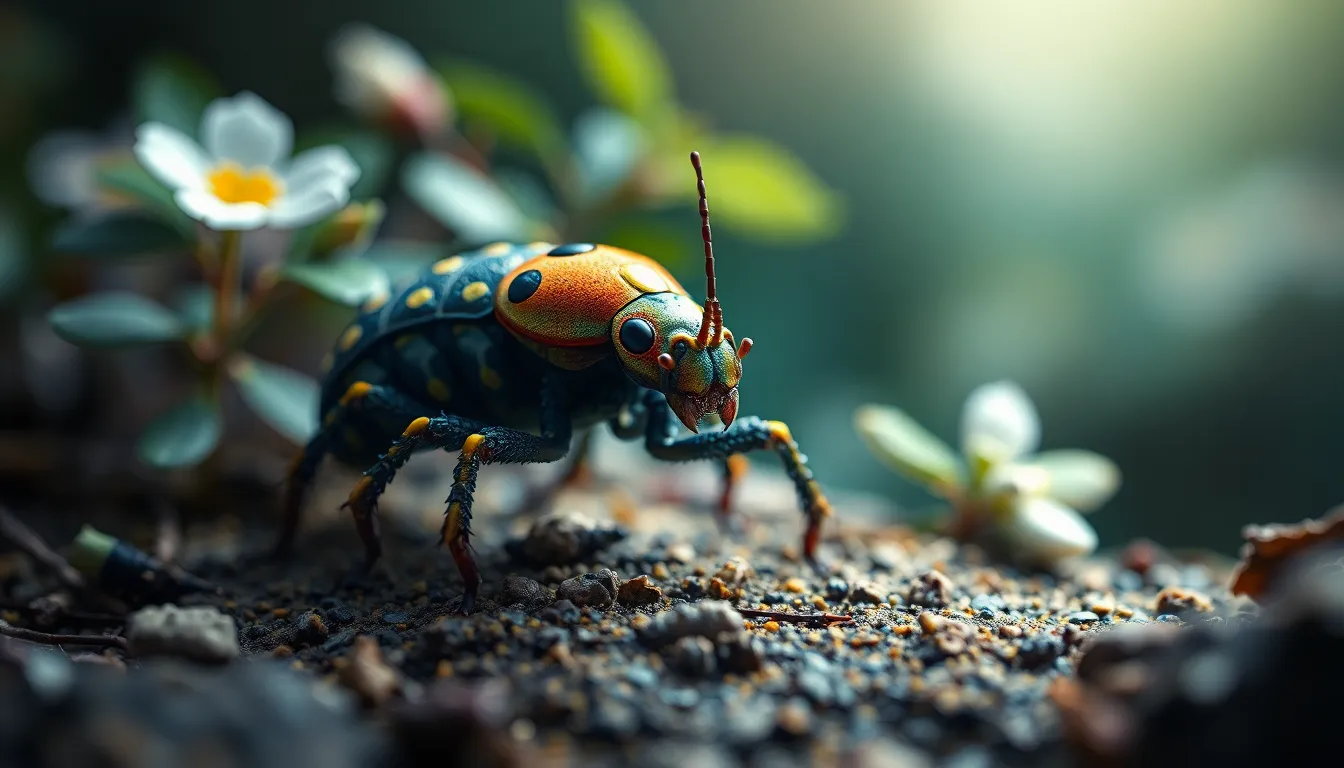Welcome to the intriguing universe of Chrysipusya. Imagine a realm where nature meets history, all wrapped up in a fascinating creature that might just change your perspective on the world. If you think living organisms are boring, let Chrysipusya convince you otherwise. With tales of ancient significance, unique traits, and critical ecological roles, this isn’t just another entry in your biology textbook. Strap in for a journey filled with insights, laughter, and a bit of wisdom as we unravel the story of Chrysipusya.
Table of Contents
ToggleChrysipusya

Chrysipusya is a remarkable creature often overlooked in the vast web of life on Earth. This organism serves as a compelling example of nature’s complexity. Known for its unique biological structure and adaptive traits, it captures the interest of researchers and enthusiasts alike. Found primarily in specific habitats, its distribution highlights both its unique ecological niche and the delicate balance required for its survival. As we investigate deeper into its characteristics, we’ll uncover why this organism deserves our attention and respect.
Historical Significance
The history of Chrysipusya is as captivating as the creature itself. Tracing back through ancient texts and fossil records, it emerges as a significant player in ecosystems over centuries. In many cultures, it has been revered, studied, and sometimes mythologized. Remnants of its existence found in archaeological sites provide glimpses into how ancient civilizations interacted with this organism. These historical insights not only enrich our understanding of past ecological dynamics but also reflect how our ancestors perceived nature.
Characteristics of Chrysipusya
Chrysipusya is distinguished by its unique physical and behavioral traits. From its striking coloration to its intriguing reproductive strategies, this organism showcases nature’s artistry. Its adaptations allow it to thrive in various environments, making it an evolutionary marvel. Whether it’s exhibiting defensive behaviors that deter predators or forming symbiotic relationships with other species, Chrysipusya proves to be a master of survival. Let’s break down some of its most impressive traits that make it a point of interest for scientists and conservationists alike.
Ecological Importance
When it comes to ecosystems, Chrysipusya plays a critical role. Acting as both predator and prey, it maintains the balance of its habitat. Its feeding habits contribute to nutrient cycling, which is essential for the health of ecosystems. Also, it serves as a bioindicator, offering valuable insights into the environmental health of its surroundings. The intricate relationships it forms within its ecosystem not only support its species but also enhance biodiversity, demonstrating how interconnected all life truly is.
Conservation Efforts
Even though its significance, Chrysipusya faces numerous threats from habitat loss, climate change, and pollution. Conservationists are stepping up to address these challenges through various initiatives. This includes habitat restoration, the establishment of protected areas, and community awareness programs aimed at highlighting its importance. Collaborations among scientists, local communities, and policymakers are fostering more effective conservation strategies. These efforts are also crucial in empowering populations to protect their natural heritage.
Cultural Representations
Throughout history, Chrysipusya has inspired art, literature, and folklore. Its fascinating characteristics have made it a symbol in various cultures, often embodying themes of resilience and harmony with nature. From ancient carvings to modern literature, the influence of Chrysipusya spans generations. These cultural representations reinforce not only its importance in natural ecosystems but also its place in human narratives, reminding us of the deep connections we share with the natural world.
Future Outlook for Chrysipusya
Looking ahead, the future of Chrysipusya hinges on our collective conservation efforts. As ecosystems continue to change, understanding its adaptability will be crucial. Researchers are optimistic about discovering new traits that could enhance its resilience against environmental stresses. But, this optimism must be paired with actionable steps in conservation and education to ensure its survival. The involvement of younger generations is vital: inspiring a sense of responsibility towards nature can lead to lasting impacts.





